Understanding the Archetypes and Characters in Mythological Stories
Part 1: Introduction to Archetypes and Characters in Mythological Stories
Mythological
stories have been passed down from generation to generation for centuries. They
tell tales of gods and goddesses, heroes and heroines, and the challenges they
face on their journeys. These stories often feature archetypal characters that
are universal symbols and have been used in storytelling across different
cultures and times.
Archetypes
are symbols or patterns of behavior that are common to all humans. They
represent fundamental human experiences and are found in myths, dreams, and
literature. Characters in myths and legends often embody archetypes, and their
actions and behaviors are used to convey deeper meanings and universal truths.
In
this multi-part blog series, we will explore some of the most common archetypes
and characters found in mythological stories and their significance in
understanding the human psyche.
Part 2: The Hero Archetype
The
hero archetype is one of the most common and recognizable archetypes found in
mythological stories. The hero is usually the protagonist of the story and is
on a journey to overcome challenges and obstacles. They often have a quest or a
mission to complete, which requires them to venture into unknown territories
and face their fears.
The
hero archetype represents the human desire to achieve greatness and overcome
adversity. They are brave, selfless, and determined, and their actions inspire
us to be better versions of ourselves. The hero archetype also represents the
journey of self-discovery, as the hero must confront their own weaknesses and
limitations to achieve their goals.
Some
famous examples of hero archetypes in mythological stories include:
·
Hercules
(Greek mythology): Hercules is a demigod who performs twelve labors to redeem
himself after killing his family in a fit of madness.
·
Arjuna
(Hindu mythology): Arjuna is a warrior prince who must fulfill his duty to
fight in a battle against his own family members.
·
Frodo
Baggins (Lord of the Rings): Frodo is a hobbit who is entrusted with the task
of destroying the One Ring and saving Middle Earth.
Part 3: The Trickster Archetype
The
trickster archetype is a complex and often mischievous character found in many
mythological stories. The trickster is a shape-shifter, a jester, and a con
artist, and they often use their wit and cunning to deceive others.
The
trickster archetype represents the chaotic and unpredictable nature of life.
They challenge the status quo and break the rules, which can be both
destructive and transformative. The trickster also represents the shadow side
of the human psyche, the part of ourselves that we often hide or suppress.
Some
famous examples of trickster archetypes in mythological stories include:
·
Loki
(Norse mythology): Loki is a shape-shifting god who often plays tricks on the
other gods, causing chaos and confusion.
·
Coyote
(Native American mythology): Coyote is a mischievous trickster who often gets
into trouble and must use his wit to get out of it.
·
Anansi
(African mythology): Anansi is a spider who is known for his cunning and
ability to outsmart his enemies.
Part 4: The Mother Archetype
The
mother archetype is a nurturing and protective character found in many
mythological stories. The mother archetype represents the life-giving and
nurturing qualities of the feminine, and she is often associated with fertility
and the natural world.
The
mother archetype also represents the idea of unconditional love and acceptance.
She is often depicted as a caregiver who puts the needs of her children above
her own. The mother archetype can be seen as a symbol of the human need for
security and comfort, as well as the importance of family and community.
Some
famous examples of mother archetypes in mythological stories include:
Part 5: The Mentor Archetype
The
mentor archetype is a wise and experienced character who guides and advises the
hero on their journey. The mentor is often an older and more knowledgeable
character who has faced similar challenges and can offer valuable insights and
advice.
The
mentor archetype represents the human need for guidance and support. The mentor
is often a source of inspiration and motivation for the hero, and their wisdom
and experience help the hero overcome obstacles and challenges.
Some
famous examples of mentor archetypes in mythological stories include:
·
Obi-Wan
Kenobi (Star Wars): Obi-Wan is a Jedi master who mentors Luke Skywalker and
teaches him the ways of the Force.
·
Merlin
(Arthurian legend): Merlin is a wizard who mentors King Arthur and helps him
become a wise and just king.
·
Chiron
(Greek mythology): Chiron is a centaur who mentors many famous heroes,
including Achilles and Jason.
Part 6: The Shadow Archetype
The
shadow archetype is a dark and often villainous character who represents the
repressed or rejected aspects of the human psyche. The shadow is the part of
ourselves that we deny or suppress, and it often emerges in times of stress or
crisis.
The
shadow archetype represents the darker side of human nature, including our
fears, anxieties, and insecurities. The shadow is often the antagonist in
mythological stories, representing the hero's inner demons that they must
overcome to achieve their goals.
Some
famous examples of shadow archetypes in mythological stories include:
·
Darth
Vader (Star Wars): Darth Vader is a dark lord of the Sith who represents the
shadow side of Anakin Skywalker, the hero of the prequel trilogy.
·
Medusa
(Greek mythology): Medusa is a monstrous Gorgon with snakes for hair who
represents the dangerous and destructive aspects of femininity.
·
Sauron
(Lord of the Rings): Sauron is a dark lord who seeks to rule over Middle Earth
and represents the corrupting influence of power.
Part 7: The Lover Archetype
The
lover archetype is a passionate and romantic character who represents the human
need for connection and intimacy. The lover is often associated with beauty and
sensuality and is a source of inspiration and desire for the hero.
The
lover archetype represents the human need for love and companionship. The lover
is often depicted as a source of joy and happiness, but their passion and
intensity can also be destructive and overwhelming.
Some
famous examples of lover archetypes in mythological stories include:
·
Romeo
and Juliet (Shakespeare): Romeo and Juliet are star-crossed lovers who must
overcome their families' feud to be together.
·
Aphrodite
(Greek mythology): Aphrodite is the goddess of love and beauty who is often
associated with sensuality and desire.
·
Tristan
and Isolde (Arthurian legend): Tristan and Isolde are lovers who must navigate
the challenges of their forbidden love.
Conclusion:
Archetypes
and characters are important components of mythological stories, representing
fundamental human experiences and emotions. The hero archetype represents our
desire for greatness and overcoming adversity, while the trickster archetype
represents the chaotic and unpredictable nature of life. The mother archetype
represents the nurturing and protective qualities of the feminine, while the
mentor archetype represents the wisdom and guidance we seek on our journeys.
The shadow archetype represents our repressed and rejected aspects, while the
lover archetype represents our need for connection and intimacy. By
understanding these archetypes and characters, we can gain a deeper insight
into the human psyche and the universal truths that are conveyed through myths
and legends.
Part 8: Applying Archetypes and Characters in Modern Stories
Archetypes
and characters have been a part of storytelling for centuries, and they
continue to play a significant role in modern storytelling. By understanding
archetypes and characters, modern storytellers can create compelling and
relatable characters and themes that resonate with audiences.
For
example, in the popular film franchise, Harry Potter, the hero archetype is
embodied by Harry himself, who faces numerous challenges and obstacles to save
the wizarding world from the dark lord Voldemort. The trickster archetype is
embodied by Fred and George Weasley, who often play pranks on their fellow
students at Hogwarts. The mother archetype is embodied by Molly Weasley, who is
fiercely protective of her family and takes care of all those around her.
In
the Marvel Cinematic Universe, the mentor archetype is embodied by characters
like Tony Stark/Iron Man, who mentor heroes like Peter Parker/Spider-Man. The
shadow archetype is embodied by characters like Thanos, who represents the
destructive and corrupting influence of power. The lover archetype is embodied
by characters like Peter Quill/Star-Lord, who has a romantic relationship with
Gamora.
By
using archetypes and characters in modern storytelling, creators can tap into
the collective unconscious of the audience and create stories that resonate on
a deeper level. They can explore universal themes and emotions that have been a
part of human experience for centuries.
Conclusion:
Archetypes
and characters are essential elements of mythological stories, representing fundamental
human experiences and emotions. By understanding these archetypes and
characters, modern storytellers can create compelling and relatable characters
and themes that resonate with audiences. By tapping into the collective
unconscious of the audience, they can explore universal themes and emotions
that have been a part of human experience for centuries. The use of archetypes
and characters in modern storytelling ensures that these myths and legends
continue to inspire and entertain us for generations to come.
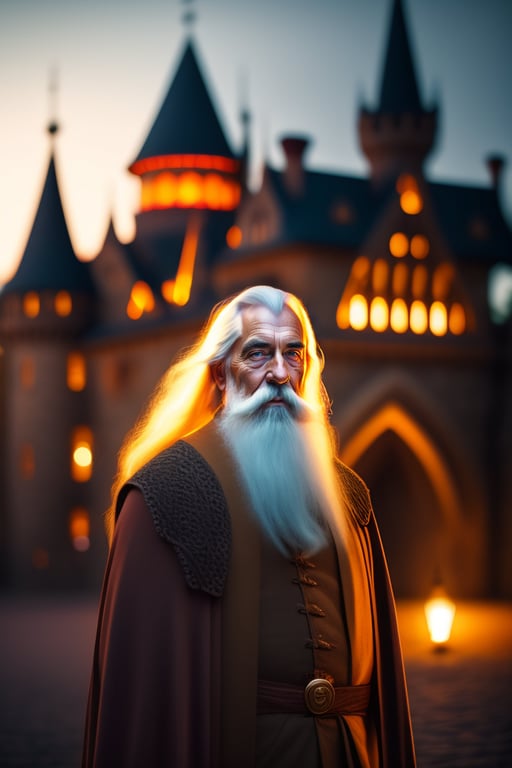

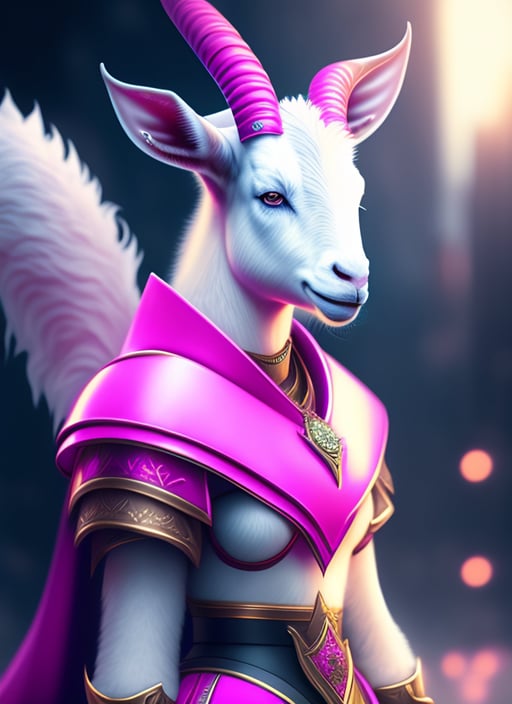
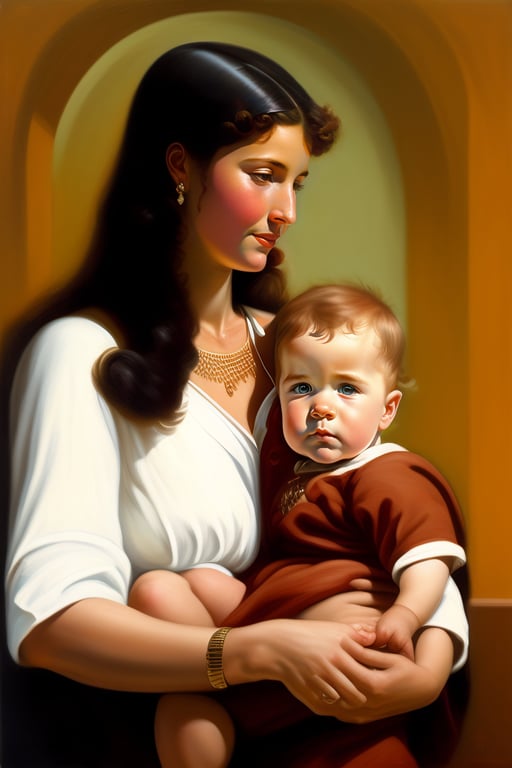
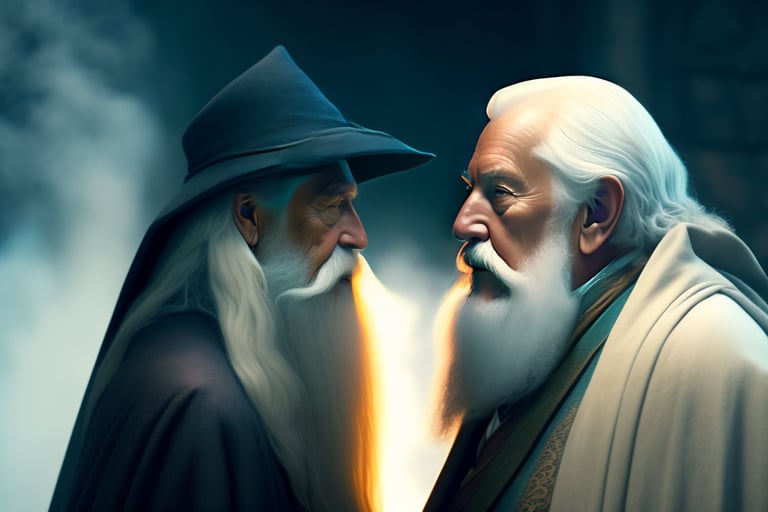
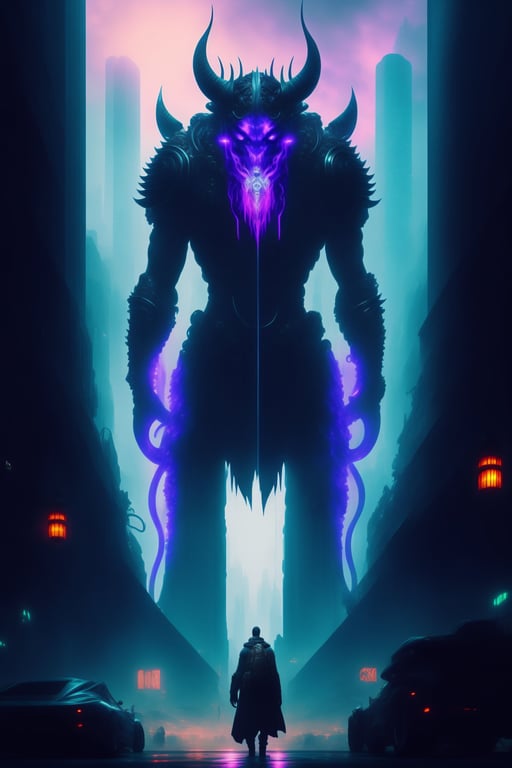
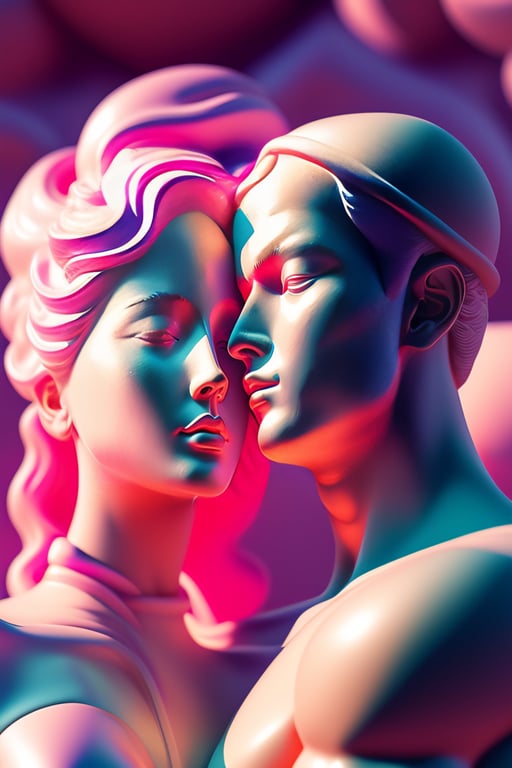
Comments
Post a Comment